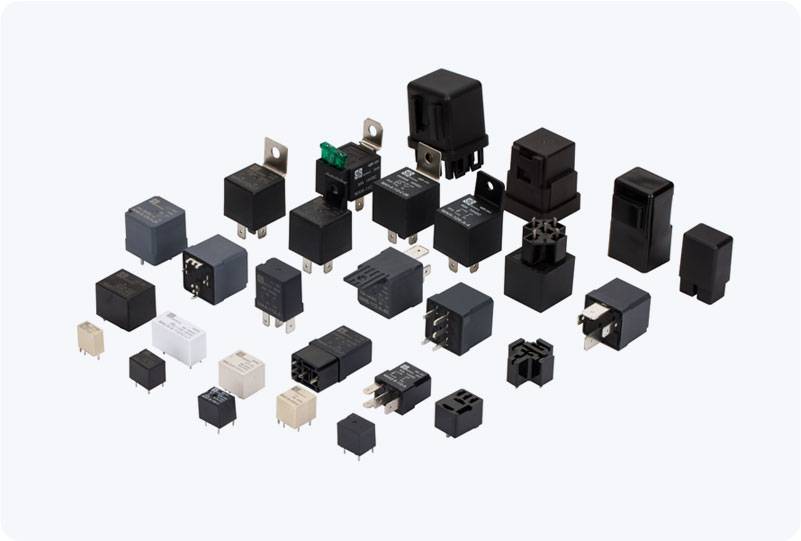understanding solid state relay: the future of reliable switching technology
Release time:2025-10-28 17:07:39
In the ever-evolving world of electronics, reliability, speed, and efficiency are key factors in designing electrical systems. One technology that has revolutionized the way we control electrical circuits is the Solid State Relay (SSR). Unlike traditional electromagnetic relays, which use mechanical contacts to open and close circuits, SSRs rely on semiconductor components to achieve the same function. In this article, we will explore the basic working principles, advantages, and applications of Solid State Relays, shedding light on why they are becoming increasingly popular in a wide range of industries.

What is a Solid State Relay?
A Solid State Relay is an electronic switching device that controls the flow of electricity in a circuit without the use of moving parts. SSRs use semiconductor devices such as triacs, thyristors, or phototransistors to perform the switching operation. The main function of a Solid State Relay is to provide electrical isolation between the control input (low voltage) and the output load (high voltage). When a control signal is applied, the SSR activates its internal components to either turn the circuit on or off, without any mechanical movement.
The most common components found in an SSR include:

